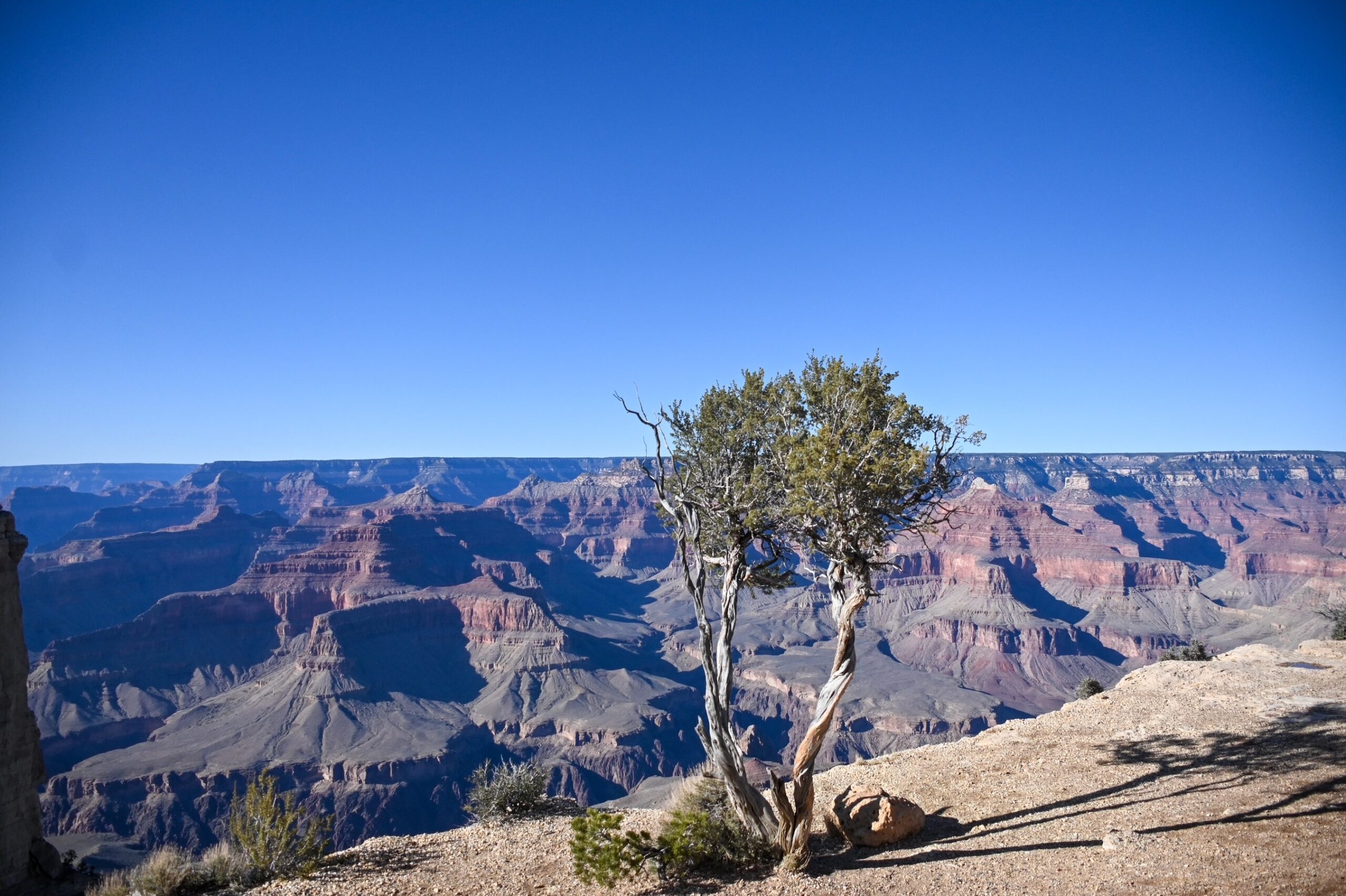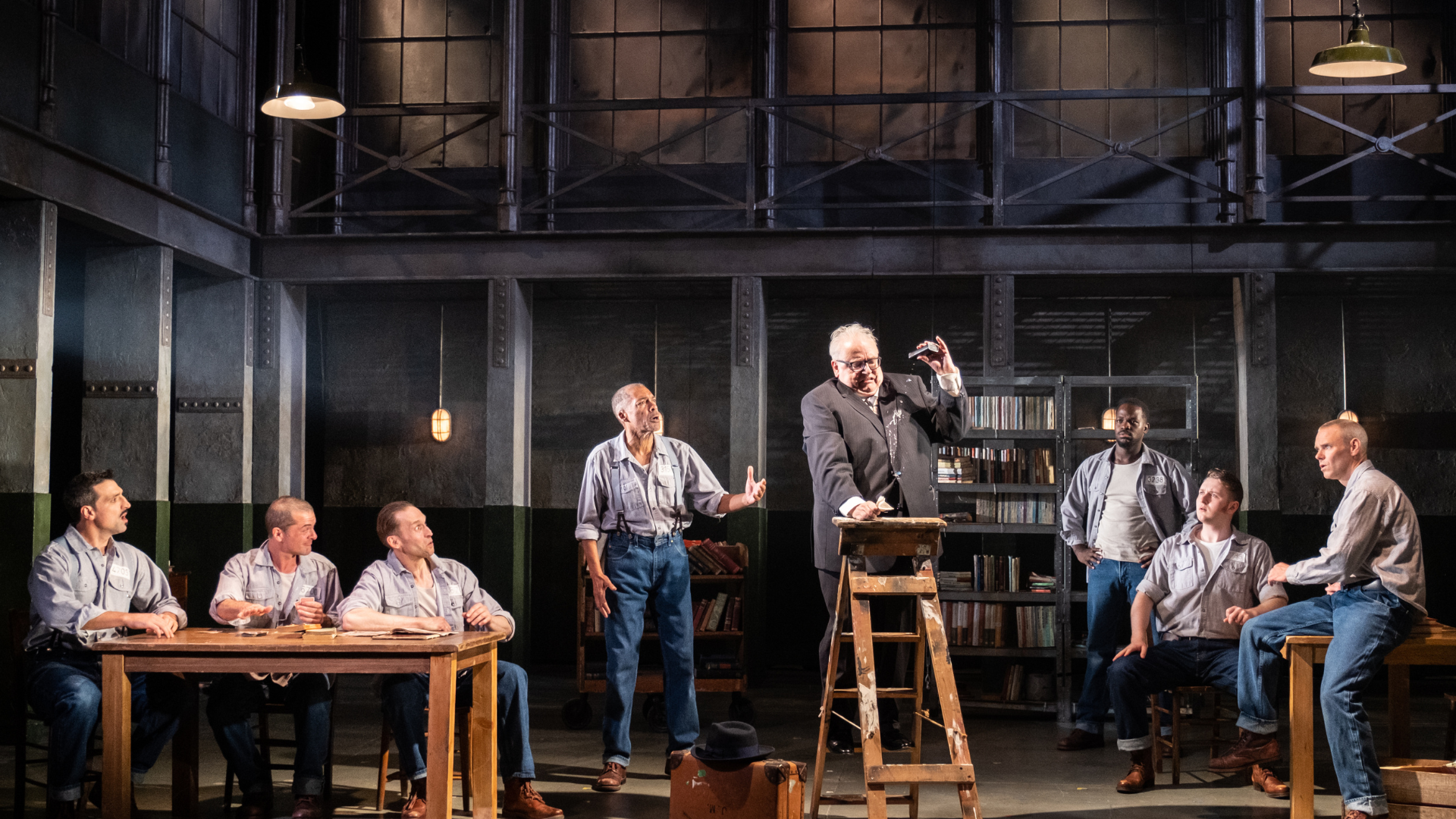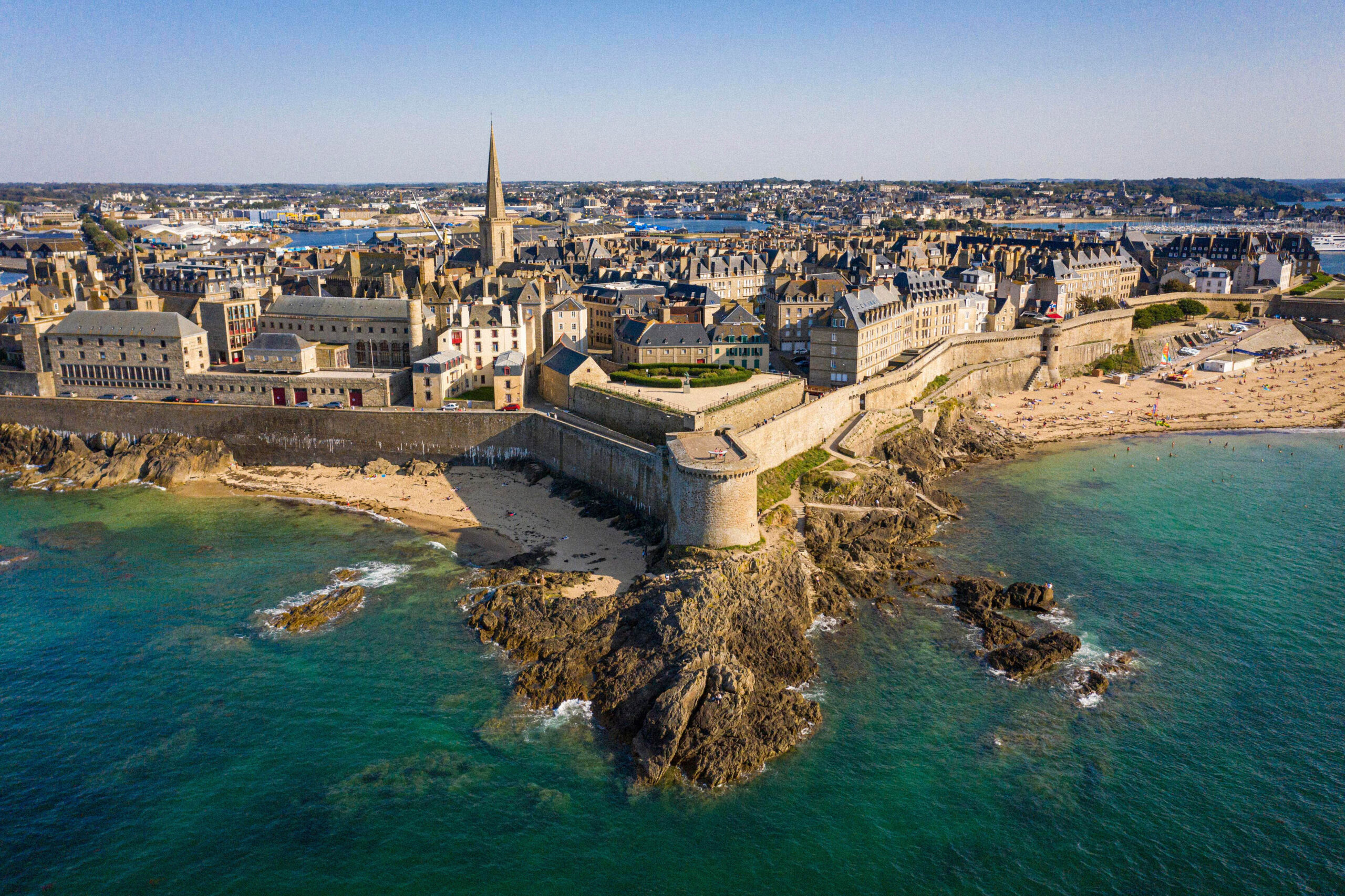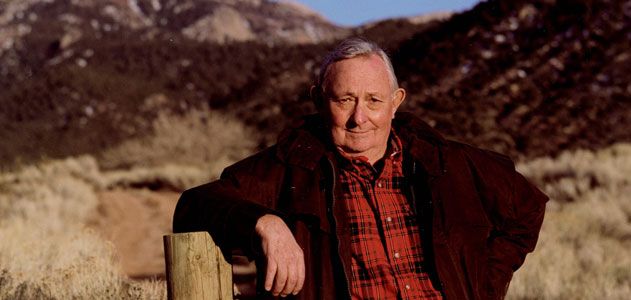Almost thirty-seven years between the two trips. In the summer of 1988, we were traveling in a recreational vehicle with my two brothers and my parents, who were showing us around the United States. In the late winter of 2025, with my wife, daughter and youngest son, we parked the car in front of the lodge, quickly deposited our luggage in our room and walked through the snow to watch the sun set over the Grand Canyon.
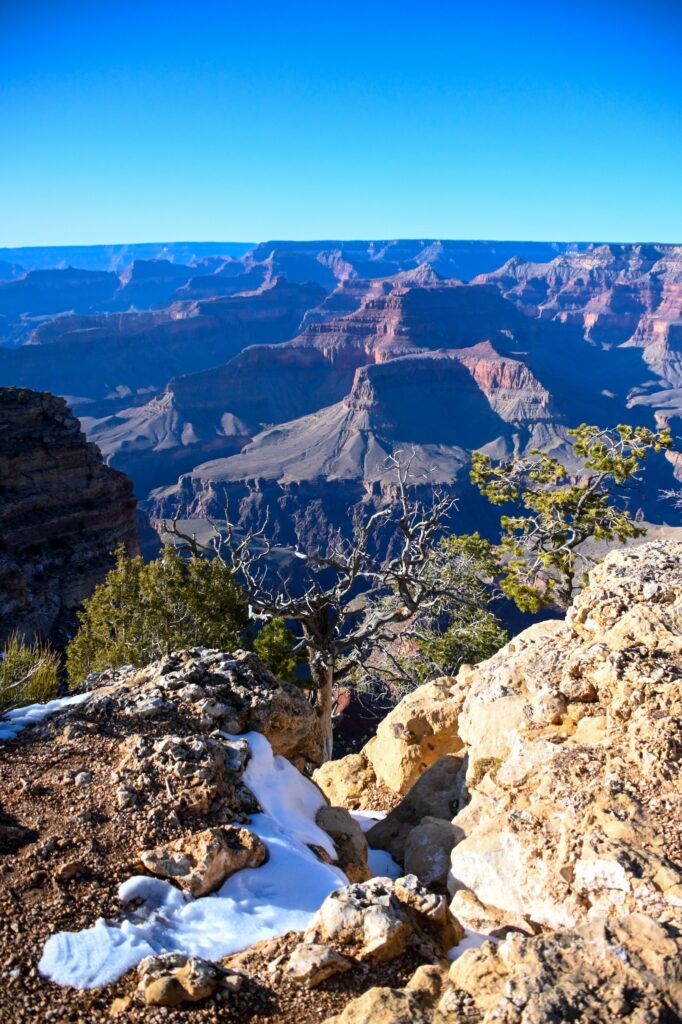
Between March and August, the colors – red, ochre, gold, brown, blue, white – and temperatures are not the same on the path that follows the rim of this gigantic escarpment at the bottom of which flows the Colorado. But the breathtaking visual shock, the impression of immensity, had not changed. The loop the four of us have just made, from the Grand Canyon to Zion, via Page, Lake Powell and Bryce Canyon, was very similar to the one we’d made many years before. Like a family pilgrimage to pass on the wonder from one generation to the next.
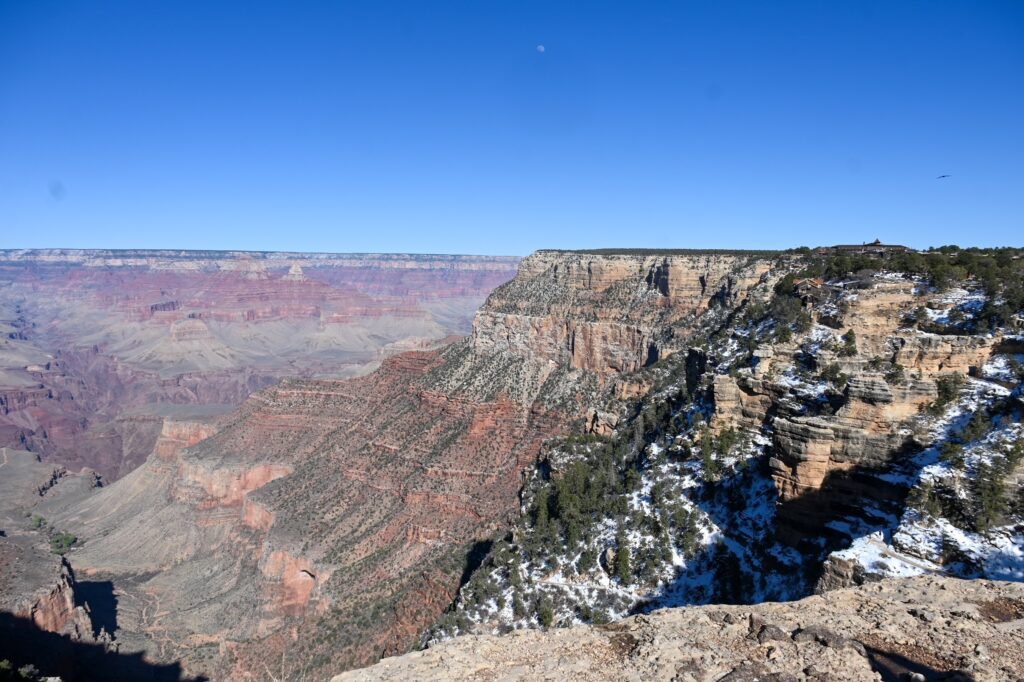
When, the day after arriving at the rim of the Grand Canyon, we set out to hike part of the South Kaibab Trail down to the river, we again experienced, in just one morning, the rapid changes taking place in the canyon. At the top, the snow forced us to take careful steps as we held on to the icy asperities of the rock. Further down, the slush turned the path into orange mud, in which the risk of slipping was no less great. Finally, by midday, the ground was dry, and we’d taken off our jackets, sweaters, hats and gloves, to enjoy a break in the sun, in the ochre color of westerns.

The descent reminded me of the novel “Skeleton Man” by Toni Hillerman, in which Jim Chee and Bernadette Manuelito, two Navajo tribal police officers, set out, one, then the other, towards the bottom of the Canyon. They’re on the trail of a murderer, but also of a cache of diamonds. The story seems to begin when a young Hopi Indian gets from a pawnbroker twenty dollars for a diamond. But in fact, it began nearly fifty years earlier, when two airliners collided over the Canyon in 1956.
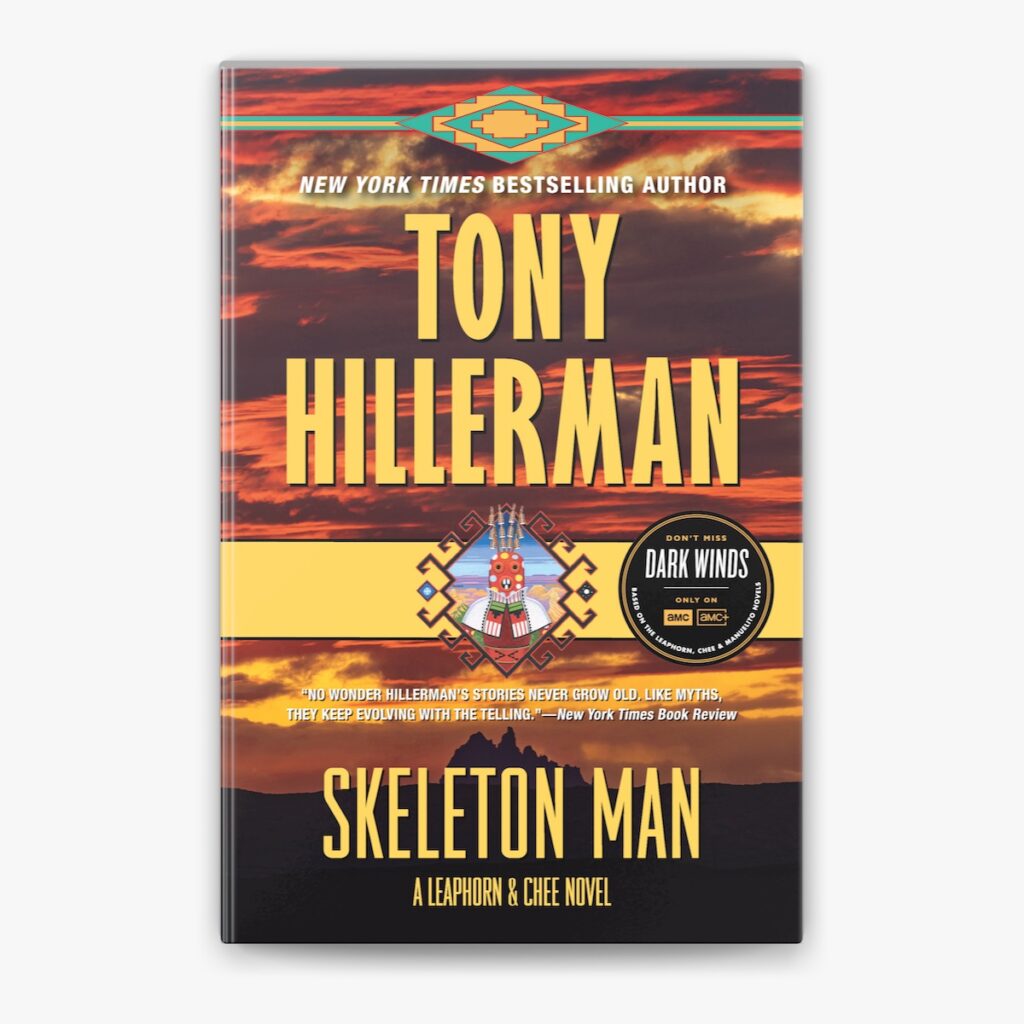
The episode of the collision and the total loss of both planes, with no survivors, is real. The novel, which ends as a thunderstorm turns the canyon ravines into violent torrents, subtly blends suspense, flamboyant landscapes and Indian culture. It is part of the “Joe Leaphorn and Jim Chee” series of Navajo tribal police detective novels. Some of these novels were adapted into the TV series “Dark Winds”, which I really enjoyed, and which opened my eyes to the realities of life on Indian reservations in the American West.
